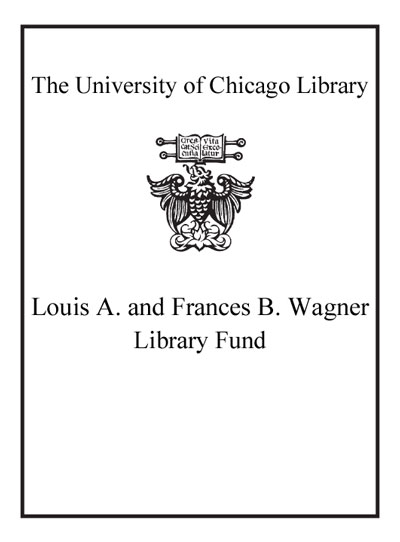Visible English : graphic culture, scribal practice, and identity, c. 700-c. 1550 /
Saved in:
| Author / Creator: | Scase, Wendy, author. |
|---|---|
| Imprint: | Turnhout, Belgium : Brepols, [2022] ©2022 |
| Description: | xix, 408 pages : illustrations (chiefly color), facsimiles ; 24 cm. |
| Language: | English |
| Series: | Utrecht studies in medieval literacy, 2034-9416 ; 54 Utrecht studies in medieval literacy ; 54. |
| Subject: | |
| Format: | Print Book |
| URL for this record: | http://pi.lib.uchicago.edu/1001/cat/bib/12980670 |
Table of Contents:
- Acknowledgements
- Notes on the Text
- Abbreviations
- List of Figures
- Introduction: Visible English: Littera, Identity, and Communities of Practice
- The Pedagogy of Littera
- Identity and Communities of Practice
- Visible English: Argument, Scope, and Organisation
- 1. Graphs, Alphabets, and Scripts
- Grammar, Alphabets, and the Primer
- The Anglice littere Tradition
- Roman and Runic Scripts
- Conclusion
- 2. Graphic Models
- Imitation, Pedagogy, and Identity
- Copy-Texts beyond the Classroom
- Pattern Books
- Conclusion
- 3. Graphic Play
- Pedagogy and Graphic Puzzles
- Alphabet Games, Acrostics, and Riddles
- Signature Playfulness
- Conclusion
- 4. Graphic Display
- The Medieval Parish Church
- Domestic and Civic Spaces
- The Pre-Conquest Epigraphic Landscape
- Conclusion
- 5. Reprographics
- Littera and the Copying of Verse
- Littera and the Copying of Prose
- Littera and the Copying of Indexes
- Conclusion
- Conclusion: Medieval English Literacy
- Bibliography
- Primary Sources: Printed and Electronic
- Secondary Sources: Printed and Electronic
- Indexes
- Index of Medieval Manuscripts
- General Index

